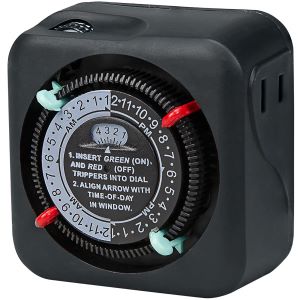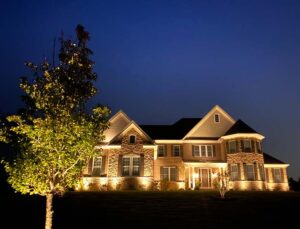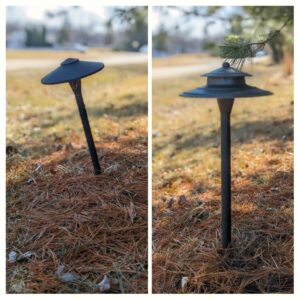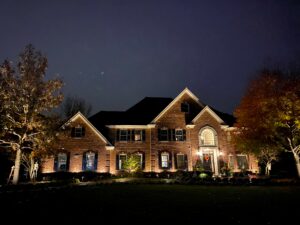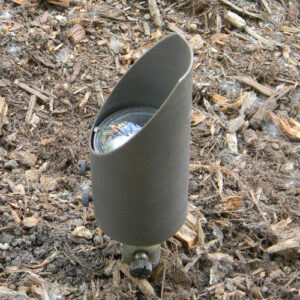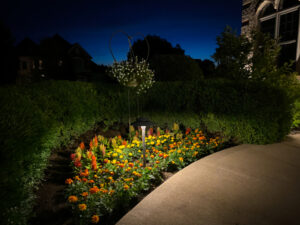1. Include Even Lighting Across The Entire Front Of Your Home
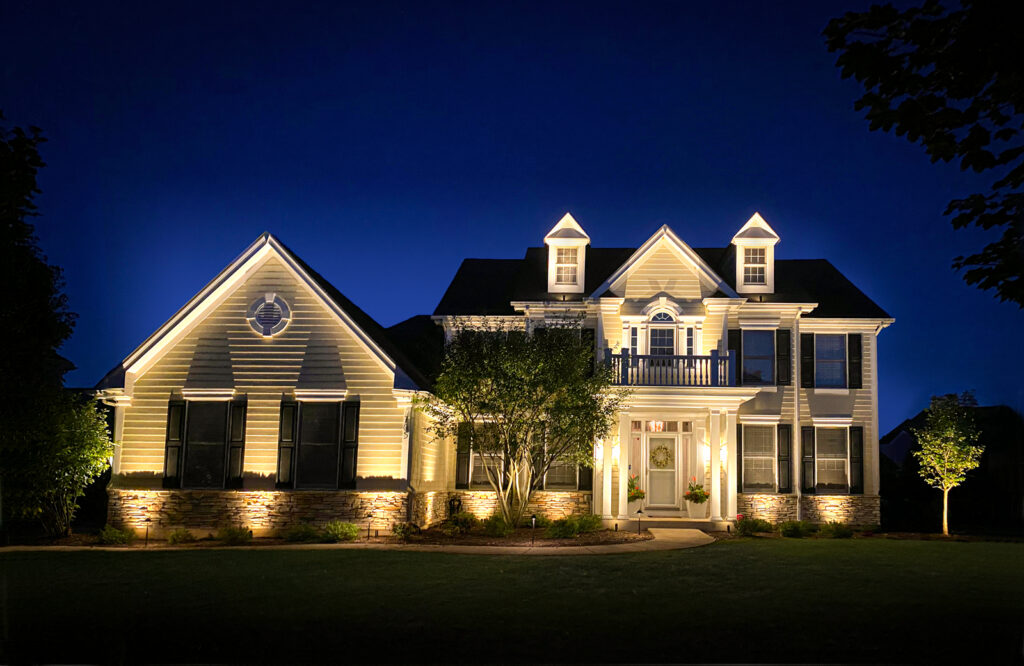
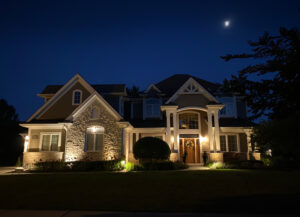
2. Put Landscape Lighting Into Dark Corners And Pathways
3. Illuminate Trees Or Interesting Features With Uplights And Area Lights
4. Accent Your Home’s Architecture With Landscape Lighting Grazing Effects
5. Brighten Upper Levels With Lighting In Gutters
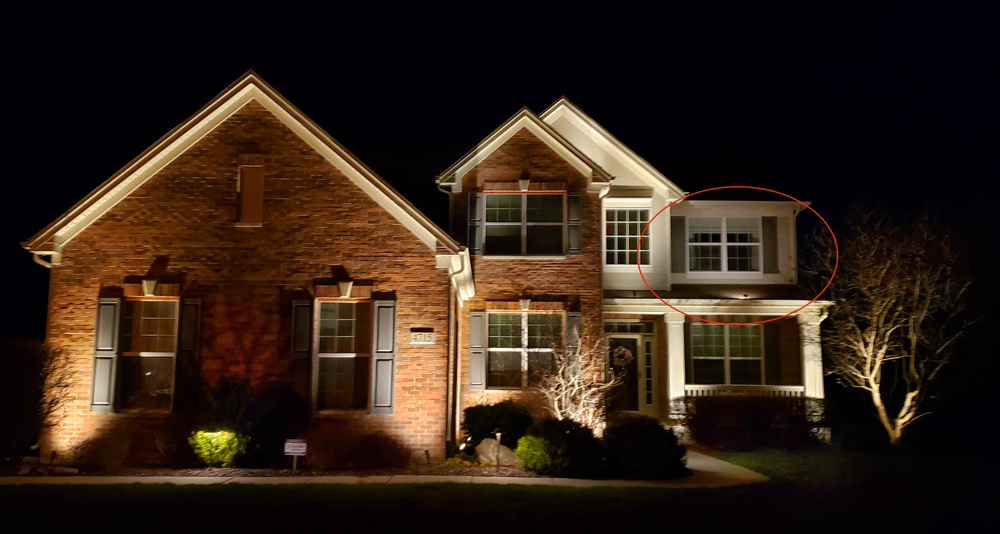
When uplighting positioned at ground level is blocked by protrusions, one solution is to install an uplight directly to the gutter. When gutter lights are installed, they are completely waterproof and pose no hazard during torrential rainfalls. To illustrate, the home pictured above shows a gutter light that illuminates the upstairs level of the home. Otherwise, the front porch blocks any of the ground level lighting from reaching upward.
6. Accent High Points With Low Voltage Peak Lighting
7. Don’t Forget To Illuminate Landscaping
You may choose to use the grazing effect to illuminate your home. But when you have thick, lush landscaping that remains in the shadow of nightfall, you may wish to include some additional lighting in front of those areas. Area lights can cast a wide angle of light across an expanse of your bushes and plants. Uplights can provide greater focus on individual plantings. The choice is up to you and really depends on how extensively you want to showcase your property.
In conclusion, the important thing to remember when creating any lighting plan is that you can always make changes. If you want to stick to a certain budget, you can postpone the installation of certain lights until a later time. As your landscaping grows, lights can be easily relocated. What’s more, when it comes to the actual illumination, the strength of the light beam can also be adjusted depending on your lighting preference.


